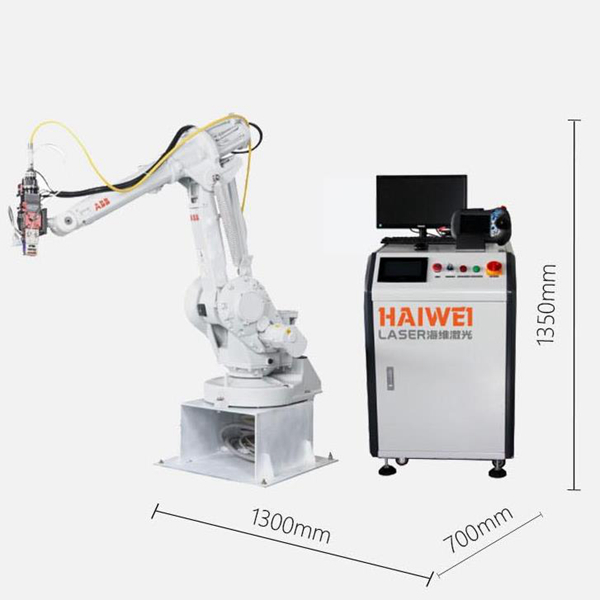Can Laser Welding Machines Be Operated or Monitored Remotely?
In today's fast-paced manufacturing environments, the ability to remotely operate or monitor laser welding machines can significantly enhance productivity and efficiency. With advancements in technology, many modern laser processing equipment now offer remote capabilities, allowing operators to manage multiple machines from a centralized location.

1. Remote Operation: What Does It Entail?
Remote operation of laser welding machines involves controlling the machine's functions via a network connection from a different location. This capability is particularly beneficial for:
Managing multiple machines simultaneously
Reducing the need for on-site personnel
Enabling quick adjustments without physical presence
Most advanced systems come equipped with software that supports remote control through secure connections. Operators can start, stop, and adjust welding parameters as needed, ensuring consistent quality across production lines.
2. Remote Monitoring: Keeping Track of Performance
Remote monitoring allows users to track the performance of their laser welding machines in real-time. Key benefits include:
Real-Time Data Collection: Collecting data on weld quality, energy usage, and operational status.
Predictive Maintenance: Identifying potential issues before they cause downtime.
Quality Assurance: Ensuring compliance with industry standards and internal quality protocols.
By integrating with MES (Manufacturing Execution Systems) or ERP (Enterprise Resource Planning) systems, remote monitoring enhances overall factory management and decision-making processes.
3. Security Considerations
With remote access comes the responsibility to ensure cybersecurity. Secure communication channels, such as encrypted networks and user authentication, are critical. Implementing robust security measures protects sensitive data and prevents unauthorized access to your laser processing equipment.
4. Integration with Smart Factory Solutions
Modern laser welding machines are designed to integrate seamlessly into smart factory setups. Features like IoT connectivity, cloud-based analytics, and AI-driven diagnostics make it easier to optimize operations and maintain high standards of product quality. For example, cloud platforms can store historical data for trend analysis, helping improve future welding processes.
5. Practical Applications and Benefits
Industries ranging from automotive to electronics benefit from remote operation and monitoring capabilities. These technologies enable:
Scalability: Expanding production without proportional increases in staffing.
Flexibility: Adapting quickly to changes in production demands.
Cost Efficiency: Reducing costs associated with downtime and maintenance.
For companies looking to stay competitive, investing in laser welding machines with remote functionalities is not just an option—it's becoming a necessity.
When selecting a laser welding machine, consider not only its technical specifications but also its ability to support remote operation and monitoring. Look for models that offer comprehensive software packages, strong security protocols, and easy integration with existing systems. By doing so, you'll be better positioned to meet current and future manufacturing challenges head-on.
Ensuring that your chosen laser processing equipment can be operated or monitored remotely opens up numerous possibilities for enhancing productivity and maintaining high standards of quality control.
Recent Posts
- What are the advantages of laser welding machines in lithium battery pack production lines?
- What issues should be noted when choosing a lithium battery pack production line?
- Quality Inspection and Control of Lithium Battery Module Pack Production Line
- Cell grouping and sorting process in lithium battery module pack production line
- What are the safety hazards of lithium battery pack production lines and how can they be prevented?
INQUIRY

